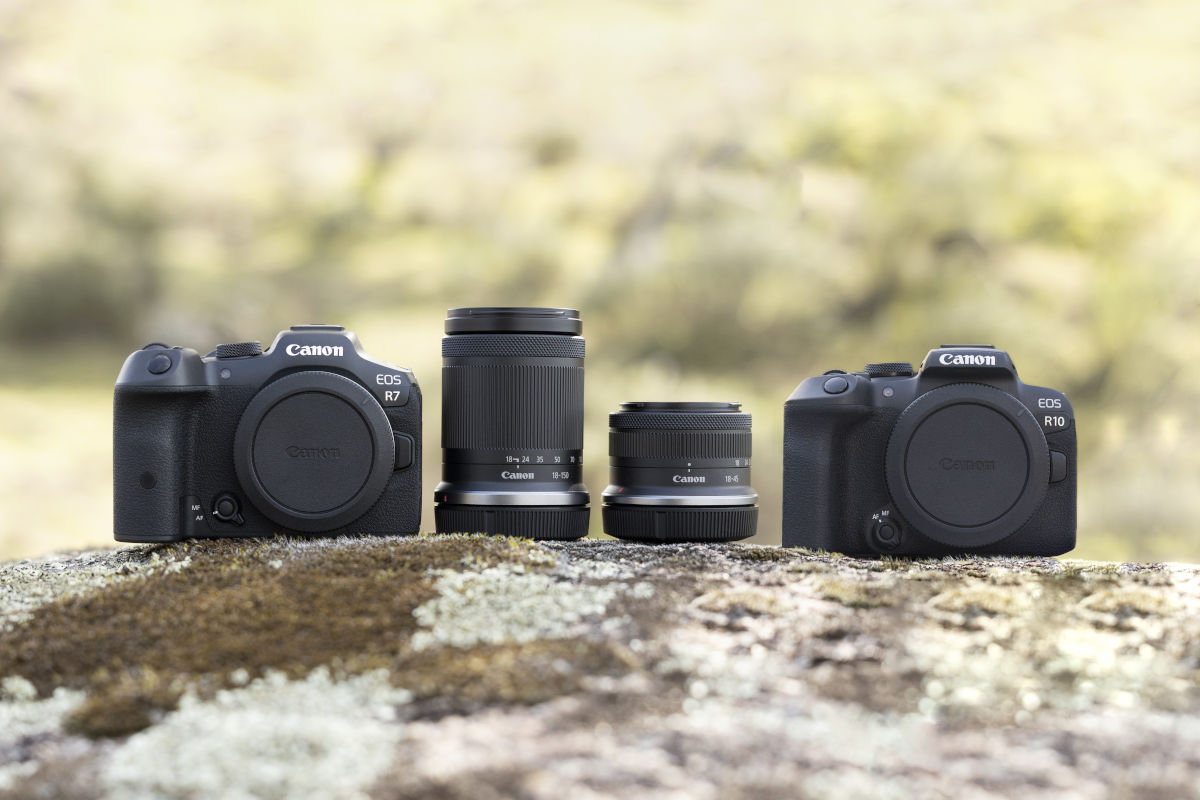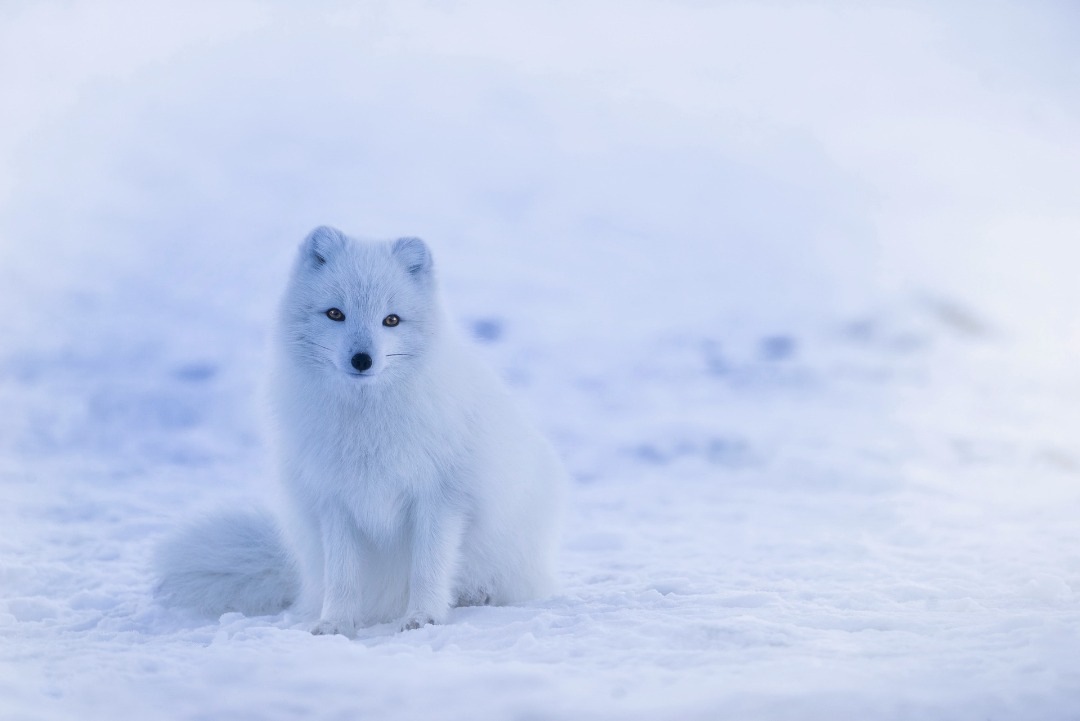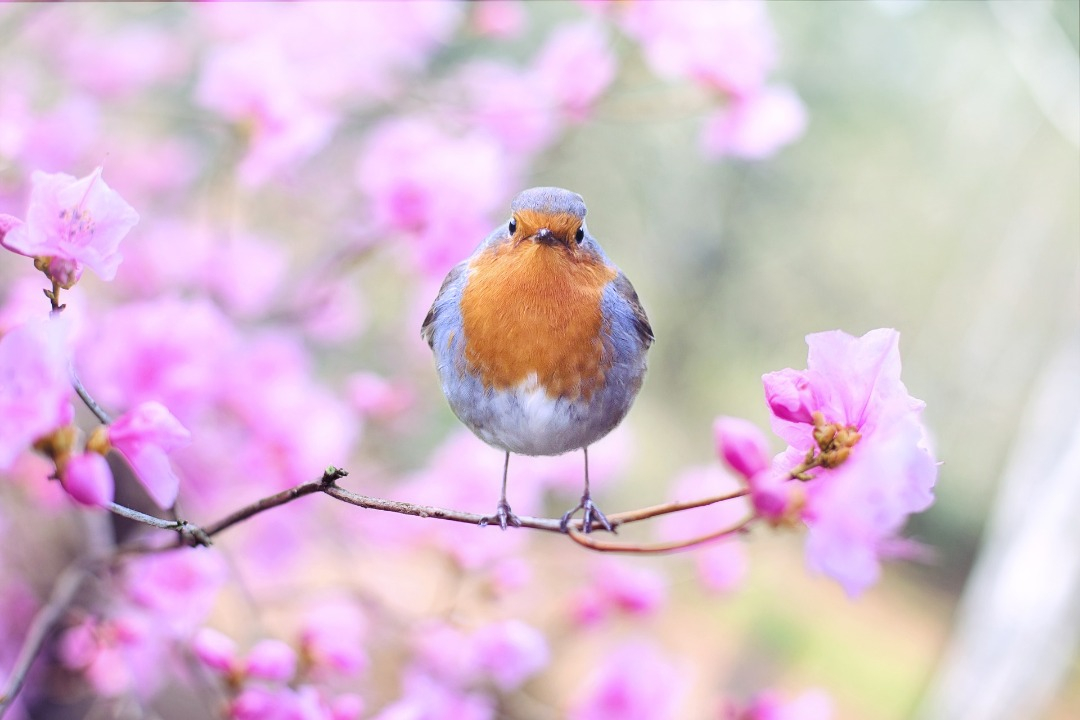5 Essential Tips for Beginners in Wildlife Photography
Getting started in Wildlife Photography
Are you fascinated by the beauty of the natural world and want to capture it through the lens of your camera? Wildlife photography can be a thrilling and rewarding experience, but it also requires careful preparation and skill to get that perfect shot. Whether you're just starting out or looking to improve your wildlife photography skills, here are 5 essential tips to keep in mind.

1. Know Your Gear
Before heading out into the wilderness, it's crucial to familiarize yourself with your camera and lenses. Wildlife photography often requires quick reflexes and the ability to adjust settings on the fly. Learn how to adjust your camera's settings, such as ISO, shutter speed, and aperture, without taking your eyes off the viewfinder. Practice changing lenses, adjusting focus, and using different shooting modes. Being comfortable with your gear will allow you to react quickly to capture those fleeting moments in the wild.

2. Research and Plan
Wildlife photography requires patience and persistence. Do your research and plan your shoot in advance. Learn about the animals you want to photograph, their habitats, behaviors, and habits. Understanding animal behavior will help you anticipate their movements and get in position for the perfect shot. Check the weather conditions, time of day, and season, as these factors can greatly impact the lighting and mood of your photos. Familiarize yourself with the location you will be shooting at, including trails, hiding spots, and vantage points. Proper planning will increase your chances of getting stunning wildlife shots.
3. Be Respectful of Wildlife
As a wildlife photographer, it's crucial to prioritize the well-being of the animals you are photographing. Respect their natural habitats and behavior, and never disturb or harass them. Keep a safe distance from wild animals and avoid any actions that may stress or harm them. Be patient and observant, and let the animals come to you. Use long lenses to capture close-up shots without intruding on their space. Remember, you are a guest in their home, and respecting their environment is crucial to ethical wildlife photography.
4. Composition and Lighting
Composition and lighting play a vital role in creating captivating wildlife photos. Pay attention to the composition of your shots, including the rule of thirds, leading lines, and framing. Experiment with different angles and perspectives to create unique and dynamic images. Consider the background and foreground elements to add depth and context to your photos. Lighting is also crucial in wildlife photography. Avoid shooting in harsh midday sunlight, as it can result in overexposed and washed-out images. Instead, shoot during the golden hours of early morning or late afternoon for warm, soft light that adds a magical touch to your wildlife photos.

5. Patience and Persistence
Wildlife photography requires patience and persistence. Animals don't always show up on cue, and capturing the perfect shot can take time. Be prepared to wait and observe, and be patient for the right moment to arrive. Wildlife behavior can be unpredictable, so be ready to react quickly when the opportunity arises. Don't be discouraged by missed shots or unsuccessful attempts. Learn from your experiences, keep practicing, and never give up. Remember, wildlife photography is a continuous learning process, and perseverance pays off.

What is the best Equipment for Wildlife Photography?
The best equipment for wildlife photography depends on the specific needs and preferences of the photographer. A high-quality camera with a fast autofocus system and high frame rate is essential for capturing fast-moving animals. The Canon EOS R7 is a perfect example. A telephoto lens with a long focal length is also important for getting close-up shots of wildlife without disturbing them. A sturdy tripod and a gimbal head can help stabilize the camera and lens and make it easier to track and follow animals. Other useful equipment for wildlife photography may include a remote shutter release, a waterproof camera bag, and extra batteries and memory cards. Ultimately, the best equipment for wildlife photography is one that the photographer feels comfortable using and that allows them to capture stunning and unique images of wildlife in their natural habitat.
In conclusion, wildlife photography is a challenging yet immensely rewarding genre of photography. With the right preparation, knowledge of your gear, research, patience, and respect for wildlife, you can capture breathtaking images of the natural world. So, grab your camera, head out into the wild, and immerse yourself in the beauty of nature through your lens. Happy shooting!








